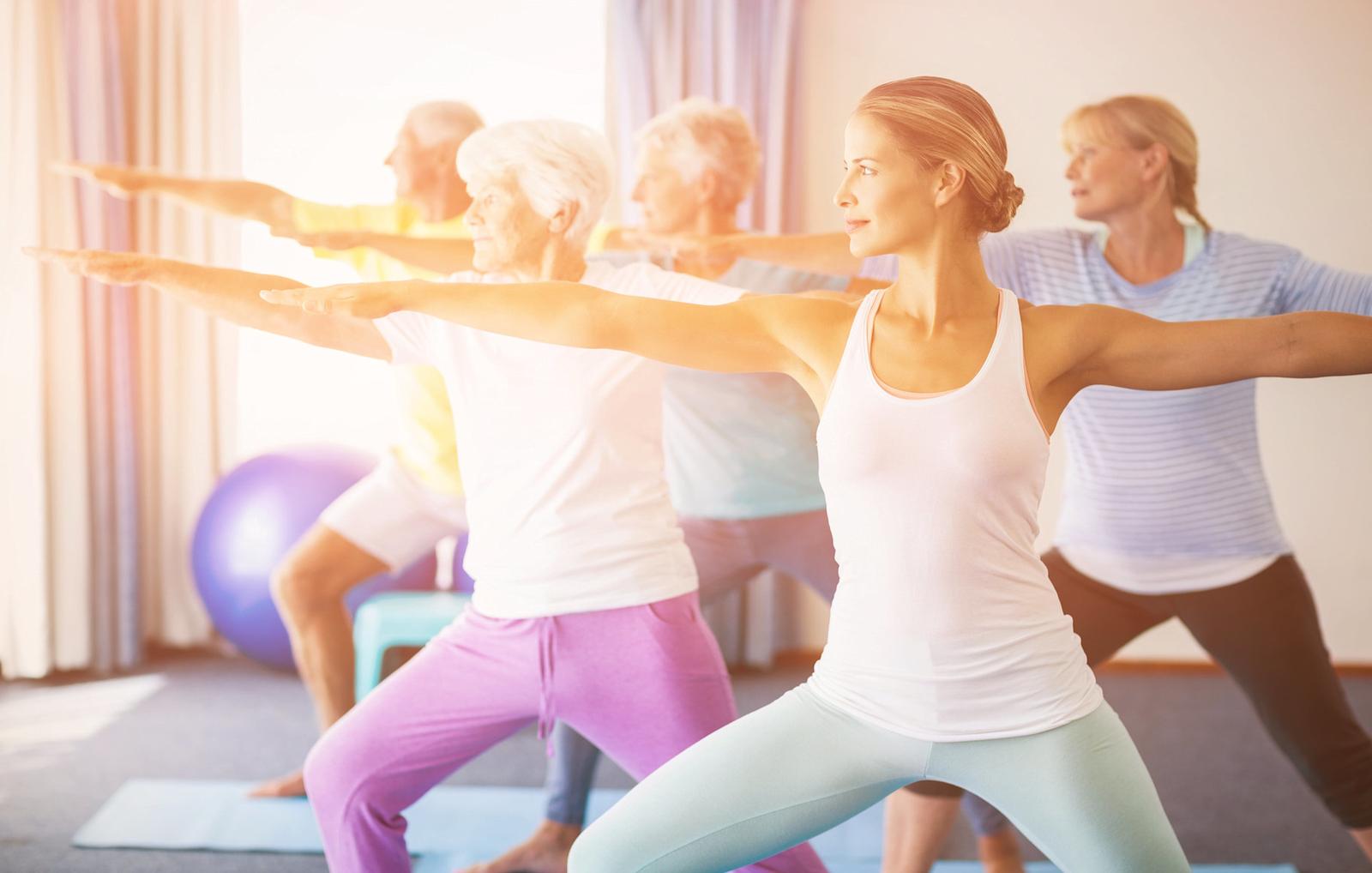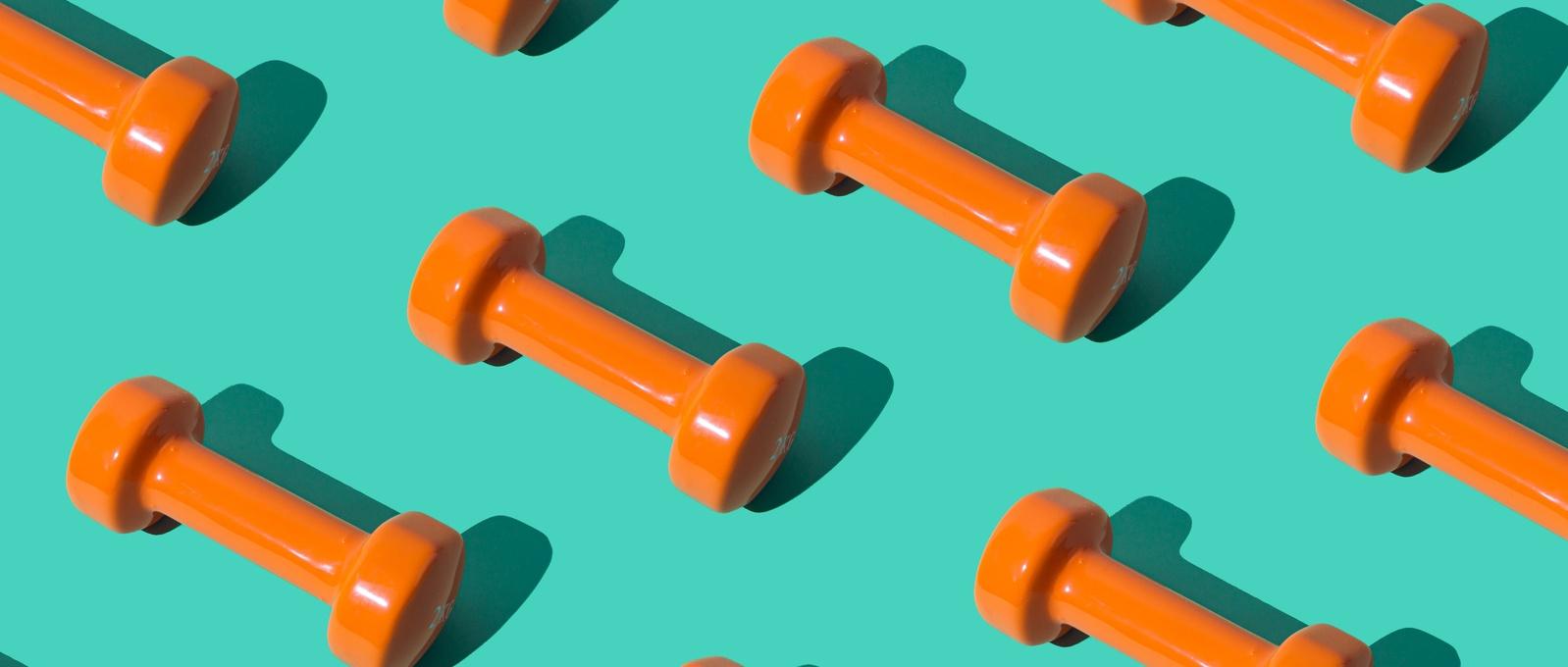
Salud de la rodilla: cómo prevenir las lesiones de rodilla
Peer reviewed by Dr Colin Tidy, MRCGPLast updated by Lynn StephenLast updated 24 Sept 2025
- DescargarDescargar
- Compartir
- Idioma
- Debate
No pensamos mucho en ellas cuando están sanas, pero unas rodillas doloridas y dañadas pueden ser muy debilitantes. Las rodillas se desgastan y rompen a lo largo de la vida, por lo que un gran número de personas mayores de 50 años tienen que someterse a una operación o a una prótesis de rodilla. Sin embargo, se pueden reducir las probabilidades de sufrir lesiones de rodilla en etapas posteriores de la vida siguiendo estilos de vida activos que promuevan la buena salud de las rodillas.
En este artículo:
Seguir leyendo
Cómo prevenir las lesiones de rodilla
A lo largo de nuestra vida, las rodillas sufren desgaste. Lo que podemos hacer es ayudar a prevenir las lesiones de rodilla mediante hábitos de vida positivos. Si se produce algún daño, la fisioterapia temprana puede ayudar a una rápida recuperación.
Healthy lifestyle choices will greatly reduce the chance of joint, cartilage, or ligament damage. This includes keeping to a healthy weight and exercising regularly to keep muscles strong and joints mobile.
If you do experience knee injury, physiotherapy and the right exercises will aid your recovery. They will also often make the issue less likely to reoccur, become worse, or require surgery later. While usually successful, surgery is a major undertaking.
Hila Glick, Vice President for Physiotherapy and Head of Clinical Team at Onestep, advises that the best way to take care of your knees is to keep active, to strengthen the muscles around the knees and the entire body, as well as to work on muscle flexibility and length.
Ejercicios de fuerza para las piernas
La rodilla es una de las articulaciones más grandes del cuerpo, conecta los huesos de la parte superior e inferior de la pierna y permite una amplia gama de movimientos y maniobras. La fuerza de estos huesos y de los músculos que los rodean proporciona un apoyo crucial a la rodilla, ayudando a reducir la tensión y el peso que se ejerce sobre ella.
Maintaining leg muscle strength throughout your life is important. Strength training exercises can improve bone density by up to 3%, and slow down the rate of bone and muscle loss associated with ageing.
Danielle Wills, yoga business coach and specialist, recommends focussing on exercises that target your hamstrings, quads, glutes, and hip flexors, and slowly increasing the amount of weight you use.
Estiramientos y entrenamiento de la flexibilidad
By stretching regularly, you can help prevent knee injury by keeping your supporting muscles long and flexible. This will increase the range of motion (ROM) in your knees, protect against the tightness in the surrounding muscles, and improve your balance - reducing your chance of falls and injuries.
Wills says: "Exercises such as yogi squats and child's pose can help stretch the muscles that wrap around the joints. Remember only to go to where you feel a stretch, never to the point of pain."
Ejercicios cardiovasculares de bajo impacto
As well as helping to build muscle, cardiovascular exercise, or cardio, keeps the circulation around your knees constant.
"The ligaments around your knees don’t get as much blood flow as other parts of the body," Wills explains. "It's important to engage in activities that keep flushing oxygen and nutrients through to these spaces."
This helps to keep knee cartilage healthy and may prevent atrophy - the deterioration of protective muscle and nerve tissue. While this is true of both high-impact and low-impact activities, low-impact cardio also limits the knee-jarring impact of your feet forcefully hitting the ground. For this reason, activities such as cycling and swimming are particularly effective at maintaining knee health.
Mantener un peso saludable
Wills warns that major weight gain can add significant stress to your knees.
"Where possible, try to keep to a regular weight through exercise and healthy eating," she says.
The higher your body weight, the more force is exerted on your joints. Being overweight also increases your likelihood of injury and conditions affecting the joints, such as osteoarthritis and gout.
¿Cuáles son los tipos más comunes de lesiones de rodilla?
Glick explains that there are numerous types of knee injuries. The type of injury depends on the area that was injured, the severity, and a person’s physical background.
Some of the most common injuries include:
Roturas de ligamentos, tendones y cartílagos.
Fracturas de rótula.
Dislocaciones de rótula.
Si experimenta un dolor persistente en la rodilla que limita su movilidad, un fisioterapeuta puede ayudarle a diagnosticar el problema y elaborar un plan de tratamiento personalizado.
Seguir leyendo
¿Cómo se recupera de una lesión de rodilla?
La recuperación de una lesión de rodilla suele implicar ejercicios para mejorar la fuerza y la flexibilidad, realizados de forma que protejan contra daños mayores. En muchos casos, los ejercicios de fisioterapia pueden restablecer la amplitud de movimiento y ayudar a prevenir la necesidad de cirugía de rodilla.
Ejercicios de fisioterapia de Glick para evitar la operación de rodilla
Repita 10 veces o más en función de su capacidad. Estos ejercicios populares se modificarán según el tipo de lesión.
Ejercicios de fuerza:
Short arc quad - lie on your back and place a bolster under the knee of the quad you wish to strengthen. Slowly straighten your knee and tighten your quad until your leg is fully straightened.
Bridge - lie on your back with bent knees and feet flat on the floor. Push into your heels to lift your hips off the floor until your body forms a straight line between your knees and shoulders. Hold for two seconds, then lower.
Wall squats - stand with your back against a wall, legs hip-width apart and arms at your sides. Bend your knees and lower to a squatting position, until your thighs are parallel to the floor. Hold for two seconds and then rise to stand.
Ejercicios de estiramiento:
Standing calf stretches - stand facing a wall with one foot in front of the other, front knee slightly bent. Keep your back knee straight, and your heel on the ground, and lean towards the wall. Hold for 20-30 seconds, then switch sides.
Standing quad stretches - face a stable surface. Bend the knee back towards your buttocks by holding your ankle. Hold for 20-30 seconds and switch legs.
Lying down hip flexor stretches - lie on your back, with bent knees and feet flat on the ground. Lift one knee towards your chest and hold it with your hands. Slide your other leg out straight, hold for 20-30 seconds, switch sides and repeat.
Cómo evitar que empeore una lesión de rodilla
Si quieres asegurarte de no empeorar tu lesión de rodilla, Glick aconseja lo siguiente:
No ignore el dolor de rodilla y continúe con su rutina actual.
Mantente activo: el movimiento ayuda a evitar que las articulaciones se agarroten, hace que la sangre fluya y puede garantizar que no se produzcan más daños en otras partes del cuerpo debido a la compensación.
Seguir leyendo
El auge de la fisioterapia en línea
Dependiendo de su lesión de rodilla, la fisioterapia puede ayudarle a recuperarse, retrasar o evitar la cirugía de rodilla, preparar su cuerpo para un procedimiento o recuperarse después de una operación. Sin embargo, las lesiones de rodilla suelen ser debilitantes y pueden hacer que las visitas al fisioterapeuta resulten físicamente incómodas.
Puede que prefiera utilizar una plataforma de fisioterapia en línea desde la comodidad de su casa. Pueden ofrecerte más flexibilidad y comodidad.
Glick says that once you have the list of exercises and you feel comfortable performing them, you can then practise several times a day according to your schedule and routine.
¿Puede evitar la operación de rodilla?
While knee issues and knee injury can occur at any age, the vast majority of people requiring knee replacement surgery - the main type of knee operation - are aged 50 years and above, and around half are over 70 years. Age is a common contributing factor because over the course of your life your knees are subject to deterioration from wear and tear.
Looking after your knees is important at all ages, as placing them under excessive stress or incurring injuries can add to cumulative wear and tear in later life. As you get older your chance of developing conditions that affect your joints also increases. For example, osteoarthritis - the degeneration and inflammation of joint cartilage and surrounding bone tissue - is the most common cause of knee surgery.
Wills advises: "It's natural to be concerned about the potential of knee surgery. However, it's also important to put this into perspective and remember that genetics do play a big part."
Esto no quiere decir que la operación de rodilla sea inevitable. Unos hábitos de vida saludables pueden ayudar a evitar daños excesivos.
¿Qué significa operarse de la rodilla?
Si su rodilla está demasiado desgastada, dañada o lesionada hasta el punto de que la fisioterapia por sí sola no puede rehabilitarla, la cirugía de rodilla puede mejorar significativamente su calidad de vida. Se trata de una de las intervenciones ortopédicas electivas más frecuentes, ya que cada año se realizan en Inglaterra y Gales unas 160.000 prótesis totales de rodilla y cadera.
Glick advises: "It's important to note that while there are ways to help prevent knee surgery, in some cases surgery is the right thing to do. I believe that this should be a mutual decision, made by both the patient and the surgeon."
While knee surgery can cure your knee pain and give you a better range of motion, like all operations it carries health hazards and considerations. These can include infection and complications, such as deep vein thrombosis, like any surgery.
These days, knee replacements usually provide benefits for decades.
Dr Sarah Jarvis, GP and TV doctor, says that when she first became a GP 35 years ago, patients were advised that they might need further surgery after a decade or so.
She says: "That was a major consideration because the revision of knee replacement surgery carries a higher likelihood of complications than the original procedure. Today, by contrast, I can reassure my patients that more than 4 in 5 total knee replacements and 7 in 10 unicondylar knee replacements - where only a portion of the knee is resurfaced with plastic and metal components - last for 25 years."
Al igual que la fisioterapia puede ayudarle a recuperarse de las lesiones de rodilla, también puede suponer una gran diferencia en los resultados tras una intervención quirúrgica. Una fisioterapia experta y la práctica regular de los ejercicios recomendados pueden acelerar la recuperación, devolverle a la normalidad y ayudarle a proteger su nueva rodilla durante años.
Selecciones de pacientes para Ejercicio y actividad física

Huesos, articulaciones y músculos
Los mejores ejercicios para las articulaciones
Es posible que le preocupe el impacto del ejercicio sobre las articulaciones, sobre todo si ya padece dolor o rigidez articular. Sin embargo, la actividad física regular puede ser útil para proteger unas articulaciones sanas e incluso para aliviar el dolor articular en algunos casos. La clave está en elegir ejercicios de bajo impacto, que mejoren la flexibilidad y fortalezcan los músculos que rodean las articulaciones. Laura Williams, experta en fitness, nos explica cuáles son los mejores ejercicios para las articulaciones.
por Heather Ainsworth

Vida sana
Las ventajas de cambiar de ejercicio
La mayoría de nosotros tenemos nuestras actividades físicas favoritas. Pero probar algo nuevo, o variar el ejercicio que se hace, puede suponer una diferencia real en muchos aspectos de la salud y la forma física en general. Veamos por qué deberías cambiar tu rutina de ejercicios y probar algo diferente.
por Victoria Raw
Historia del artículo
La información de esta página ha sido revisada por médicos cualificados.
Fecha de la próxima revisión: 24 de septiembre de 2028
24 Sept 2025 | Latest version
31 mar 2022 | Publicado originalmente
Autores:
Amberley Davis

Pregunte, comparta, conecte.
Explore debates, formule preguntas y comparta experiencias sobre cientos de temas de salud.

¿Se encuentra mal?
Evalúe sus síntomas en línea de forma gratuita